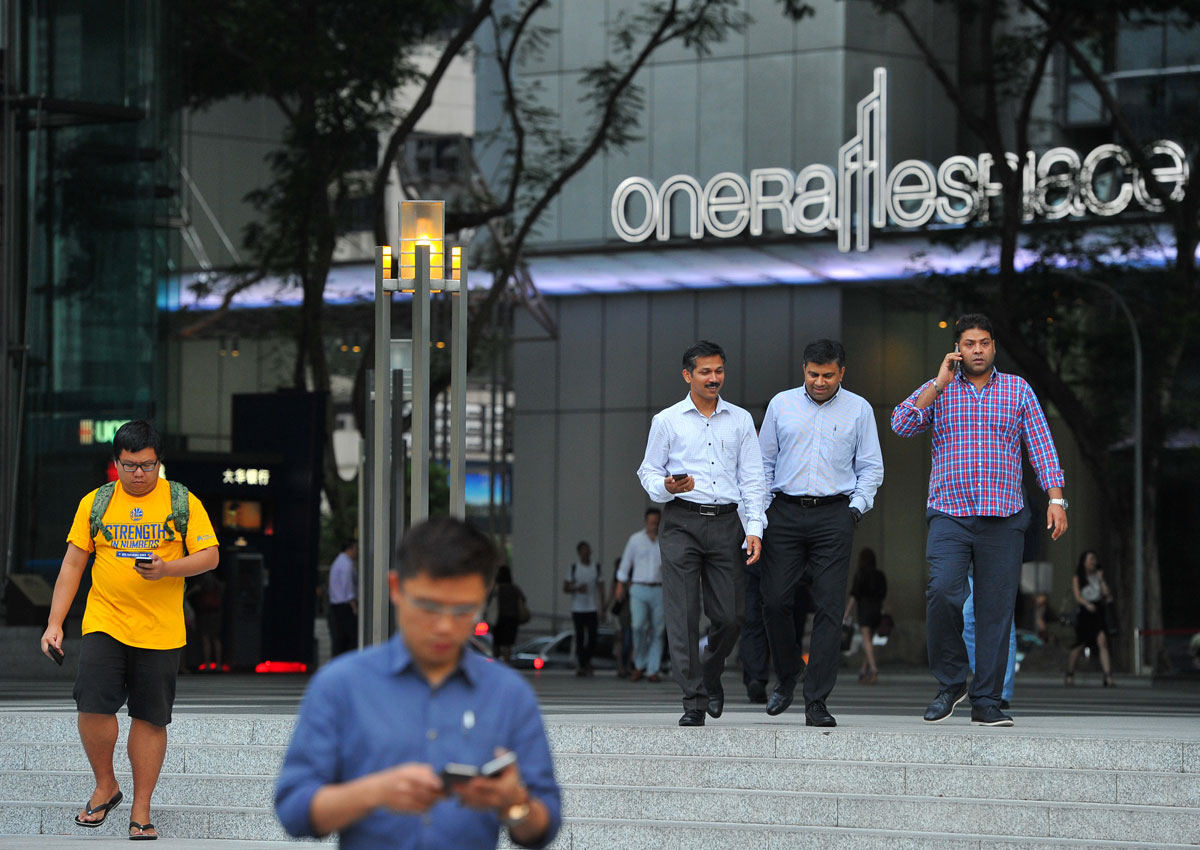LET us call a spade a spade. With higher incomes among the wealthy, the six-figure tax reliefs claimable by high-income mothers from the Working Mother’s Child Relief (WMCR) has become a significant tax loophole that needed to be fixed in the 2016 Budget.
In the debate about whether the new S$80,000 personal relief income cap is fair for high-income working mothers, the focus should not be on the women alone, who deserve plaudits for their achievements. Rather, society should examine the family unit behind the high-income mother. Successful, well-educated, high-income women are more likely to meet and fall in love with well-educated, high-income men. This pattern of assortative mating – people marrying others like themselves – is getting more pronounced over time.
High-income families, with their six-figure tax reliefs, get to enjoy tens of thousands of dollars of extra tax savings compared to ordinary families every year. These monies were, in all likelihood, funnelled into enrichment activities for their already-privileged children: tuition to enter the Gifted Education Programme, extra sports and arts lessons to qualify them for Direct School Admission exercises into the Integrated Programmes at elite junior colleges. The savings would have been used to send children to overseas universities if they could not get into local ones.
The children were also likely helped along by an internship at a bulge-bracket investment bank or top-tier law firm, because mummy’s colleague or daddy’s golf buddy offered it to them. Fresh in the workforce, they meet and fall in love with other successful, well-educated young people. And if the happy couple wants to buy a place, daddy and mummy on both sides are all too happy to chip in for the District 9-10-11 condominium down payment.
The odds are already stacked in favour of the wealthy in terms of getting ahead in life. So it will be churlish for those earning S$150,000 and above a year – at least the 88th percentile of taxpayers based on 2014 tax data – to complain bitterly of unfairness. This is the income above which working mothers will be affected by the new tax relief cap. Those at the borderline have to pay a few hundred to a few thousand dollars more. At the other extreme, those with many children and earning S$300,000 and above (96th percentile and up) might see their tax bill increase by S$20,000.
Unfortunately, there are those who would argue against making Singapore’s tax system more progressive. Singapore’s baby drive is being harmed, they moan. Working mothers are being discriminated against. It is strange that people who have been arguing, for years, that tax breaks do not make a difference to whether women have children, are suddenly claiming the opposite. Lamentably, even those who are not affected directly by the tax relief cap are drawn into thinking they are somehow wronged, when the government is only trying to put a wrong situation right.
Parents would of course always want the best for their children. And for high-income households running tight on finances because of property and healthcare commitments, every cent counts. Households where the woman is the main breadwinner will also feel the pinch. But some perspective is surely needed, especially by individuals making a six-digit income a year.
Few Singaporeans will see that kind of money in their lifetimes. Paying a bit more tax will not hurt.

This article was first published on April 7, 2016.
Get The Business Times for more stories.







